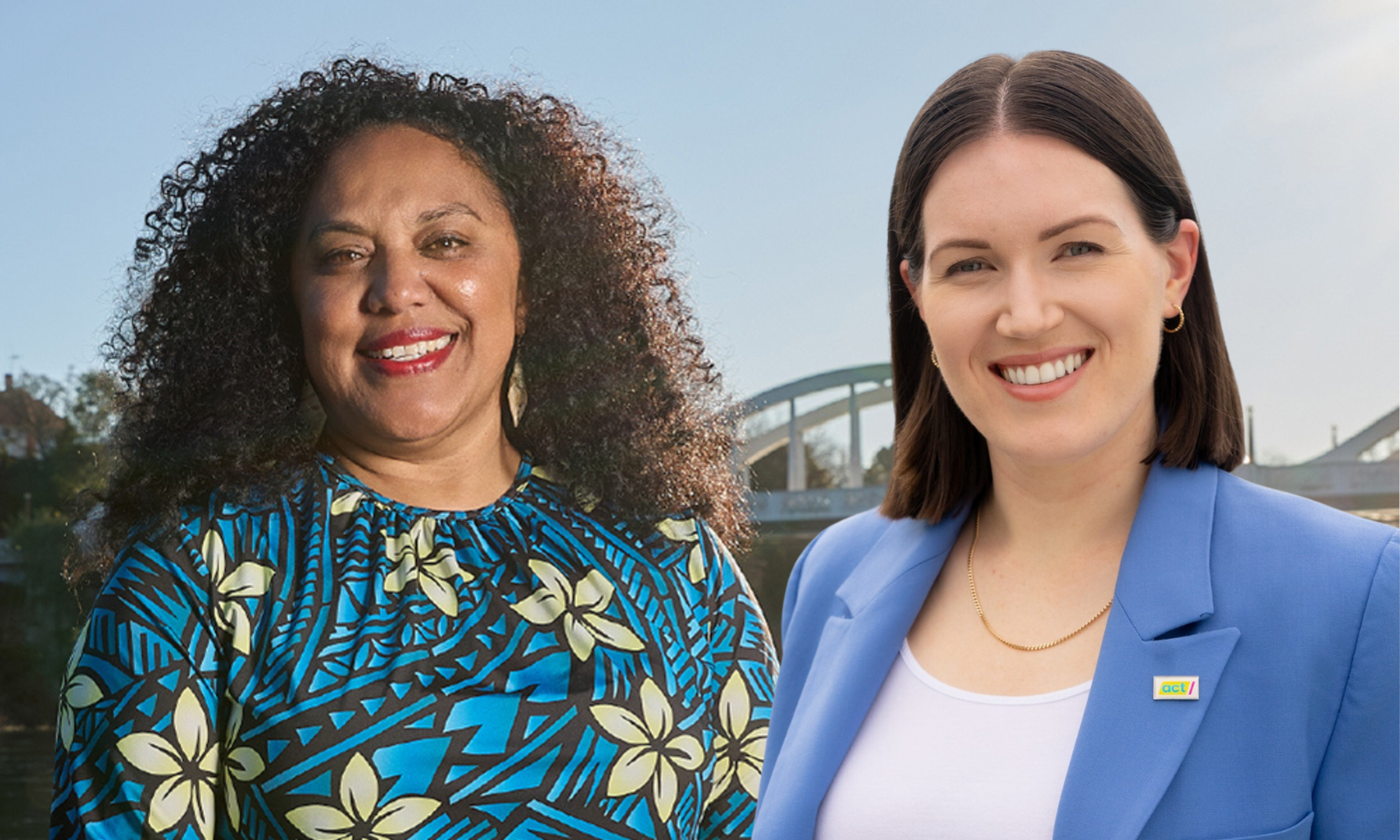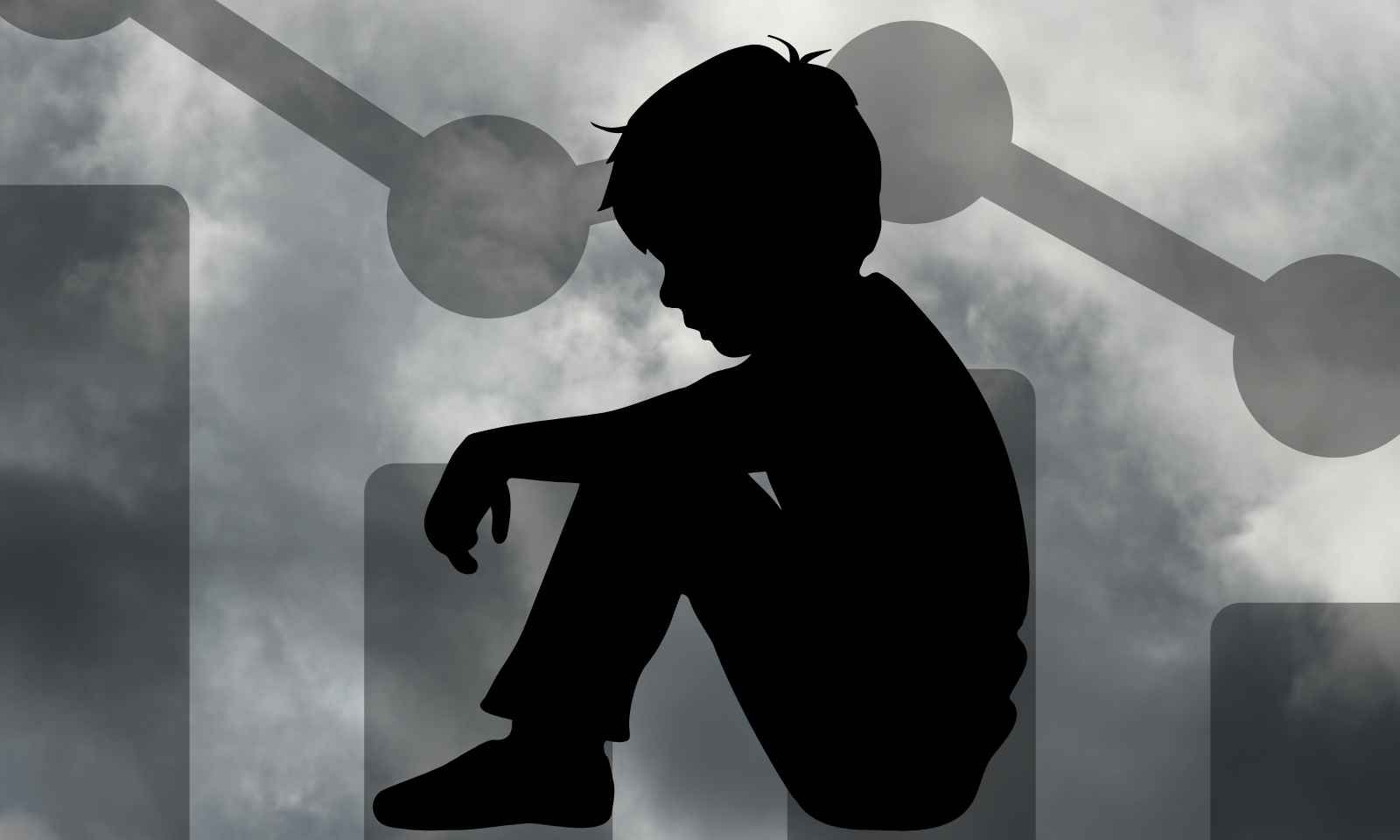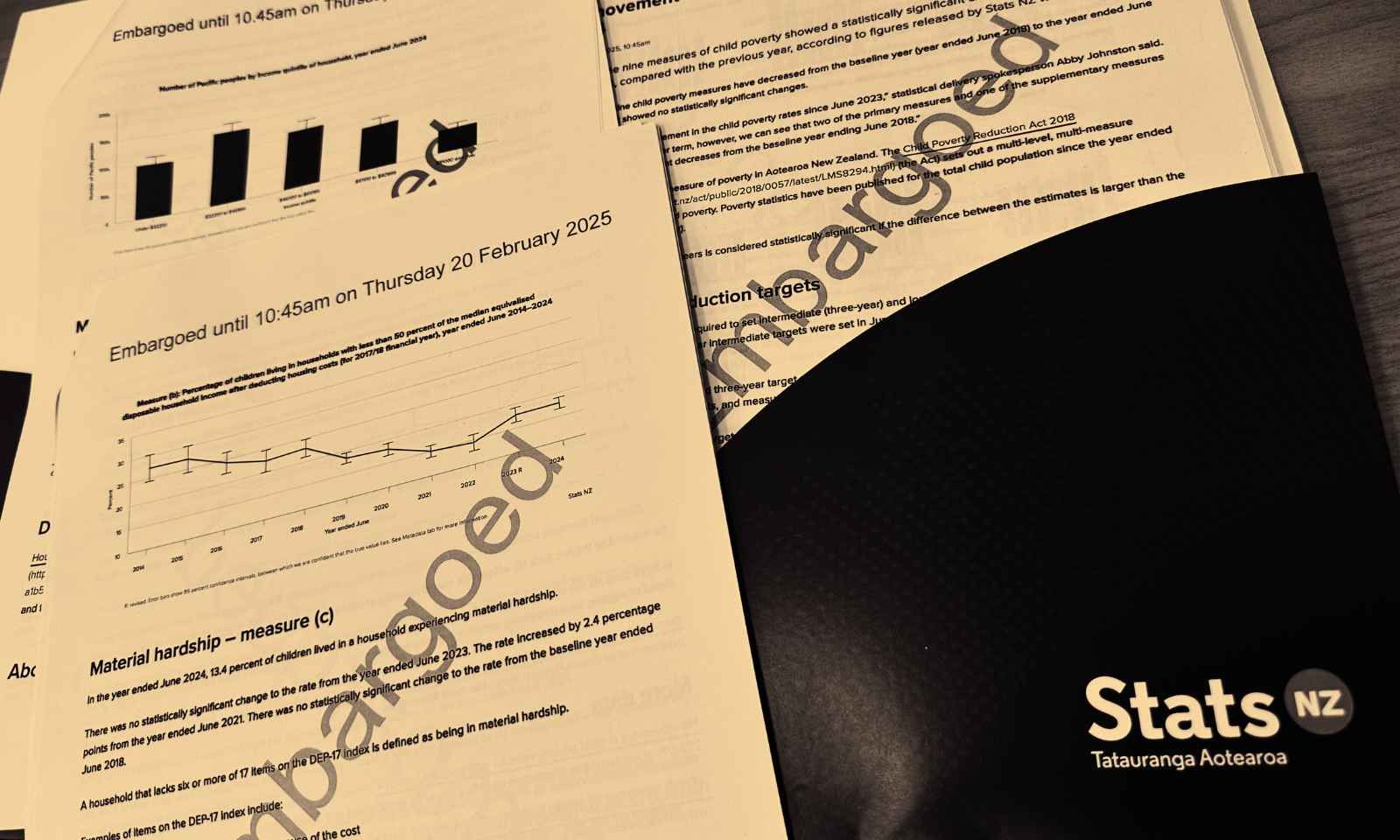

Jacqui Southey holds a Master’s of Education, authoring significant research on the positive discipline practices of parents of children under five years of age, and has extensive experience working in children’s rights.
Photo/Save the Children NZ
Soaring housing costs keep families in poverty, NGO warns
Jacqui Southey, of Save The Children NZ, says unaffordable housing has worsened over the past six years, and she is calling for urgent policy changes to make homes affordable for struggling families.





Is it aliens? Is it the Matrix? Nope, just daylight saving again


Laauli’s Israel stance puts Sāmoa on shaky legal ground



Is it aliens? Is it the Matrix? Nope, just daylight saving again
Save The Children New Zealand warns that rising housing costs have increasingly pushed families into poverty over the past six years.
Jacqui Southey, the advocacy and research director at the aid and development agency, is calling for urgent policy changes to make homes more affordable for struggling
Southey says the recent findings from StatsNZ are “a grim reading”, adding that there has been no significant progress in addressing child poverty in New Zealand.
During an interview on Pacific Mornings, Southey emphasises that Aotearoa has the resources necessary to ensure that every child enjoys a decent standard of living.
“It is grim reading, and it's disappointing that we're failing to really make meaningful change to lift our children, our tamariki, out of poverty here in New Zealand, particularly when we are a nation of many resources, and there is the potential to make sure that every child in New Zealand has a good standard of living to look forward to and enjoy in their childhood.”
Three primary measures of child poverty are low income before housing costs, low income after housing costs, and material hardship.
Among Pacific children, 28.7 per cent live in material hardship, compared to 12.7 per cent of the general population.
As of June 2024, the percentage of children living under the ‘before housing costs’ poverty measure was 12.7 for the general population and 14.8 per cent for Pacific children.
The ‘after housing costs’ measure stands at 17.7 per cent for the general population and 17.4 per cent for Pacific children.
Nearly half (49.6 per cent) of all Pacific people live in households with incomes among the lowest (40 per cent) in the country.

Almost a quarter of mokopuna Māori (23 per cent) live in material hardship, as do 28.7 per cent of Pacific children, compared with 10.1 per cent of Pākehā children. Photo/Supplied
Understanding the root causes
Southey says child poverty is directly linked to low incomes.
“It's important to note that when we're talking about children living in child poverty, it directly relates to too low incomes.
“So it means that the incomes families are living on are inadequate to meet the basic standard of living.”
She stressed the need to understand why Pacific children and families are at greater risk.
“We also have to acknowledge that these statistics include working whānau.
“We know that benefit levels are too low, but clearly we need to look at our low wage earners as well and find ways to increase the incomes coming into all households on the lowest end.”

Housing Minister Louise Upston's office says the figures mean that the second intermediate, three-year (2022-2024) child poverty targets were not met for any of the three primary measures. Photo/PMN News/Ala Vailala
Government initiatives fall short
Despite government efforts, including initiatives mentioned by Social Development Minister Louise Upston, such as FamilyBoost and tax relief, Southey is concerned that current policies are insufficient.
“We need those policies that are investing in our families on the lowest incomes.
“We need to know that the benefit levels are adequate to meet the basic cost of living.”
Southey particularly highlighted the struggles sole parents face, who make up 80 per cent of those living on the lowest incomes.
Many of these parents are also responsible for caring for disabled children, which makes it difficult for them to maintain full-time employment.
Listen to Chief Children's Commissioner Dr Claire Achmad's insights into child poverty statistics.
The path forward
Southey called for increases in the minimum wage, a commitment to a livable wage, and a review of benefit levels to ensure they meet families' basic needs.
“Housing for too long has been too expensive, and it's become even more so in the last sort of six years.
“So we really need to tackle that rising cost of housing and make it affordable for all.”